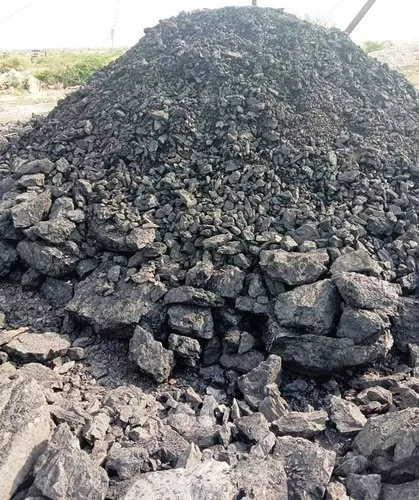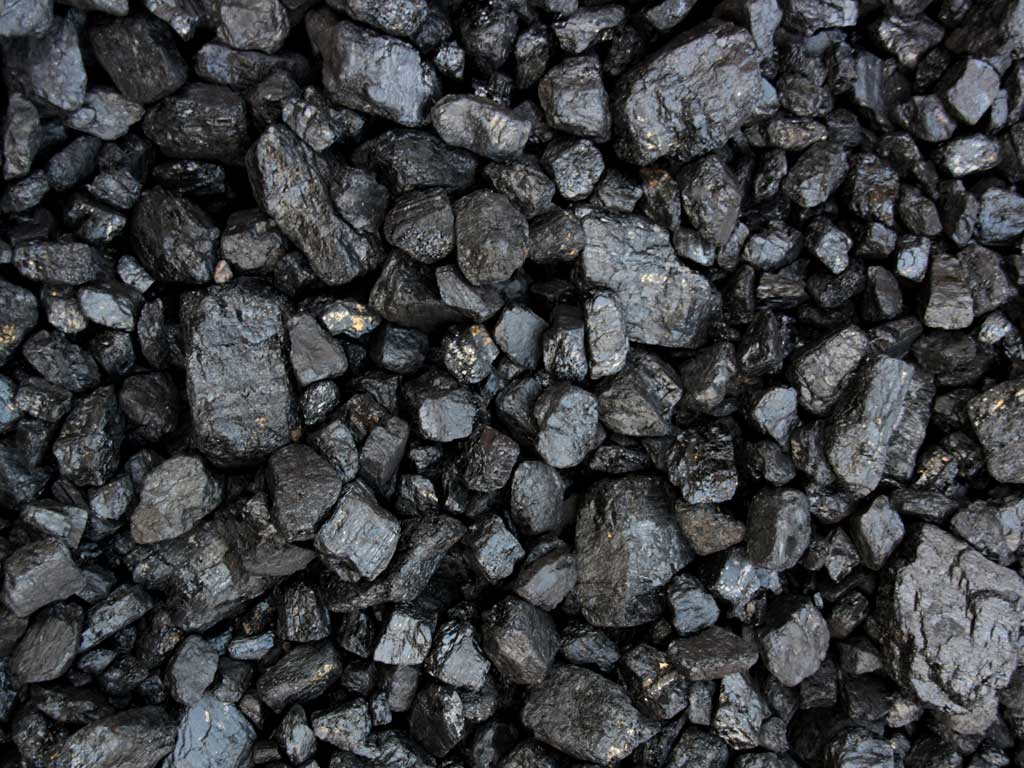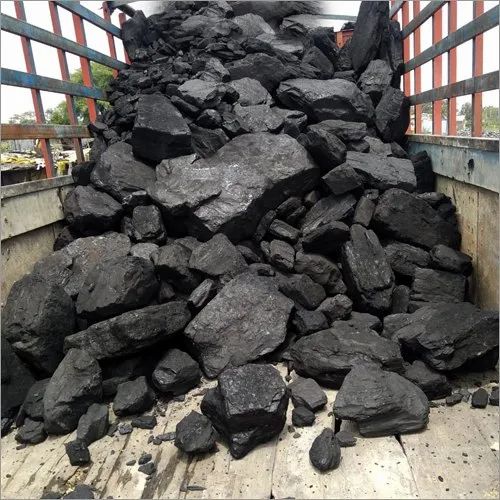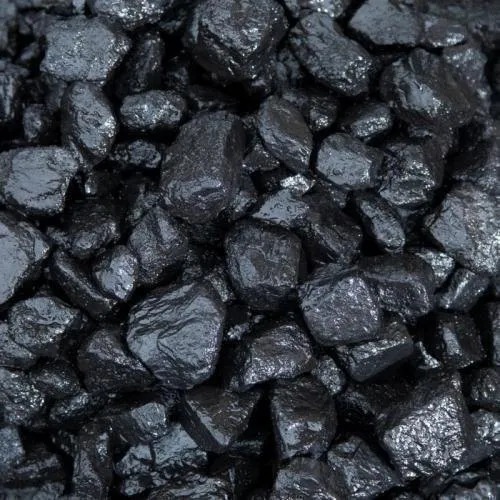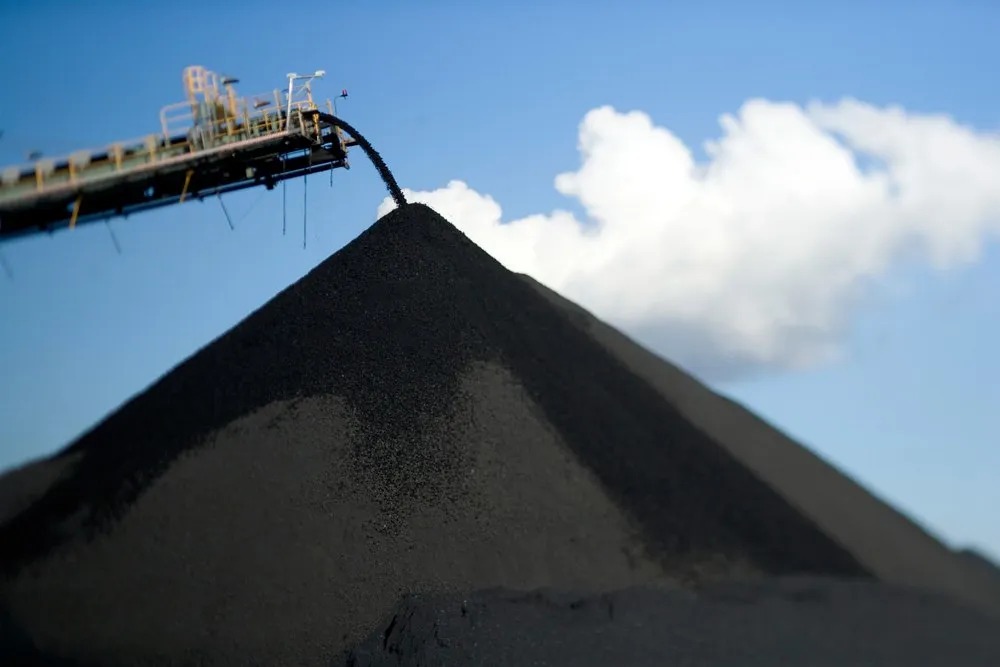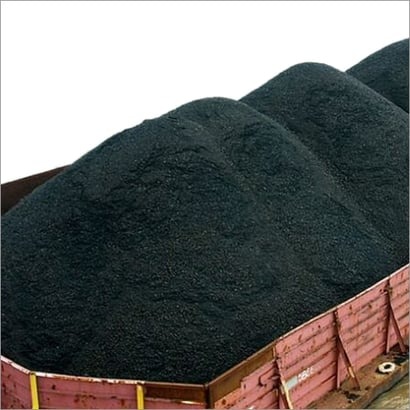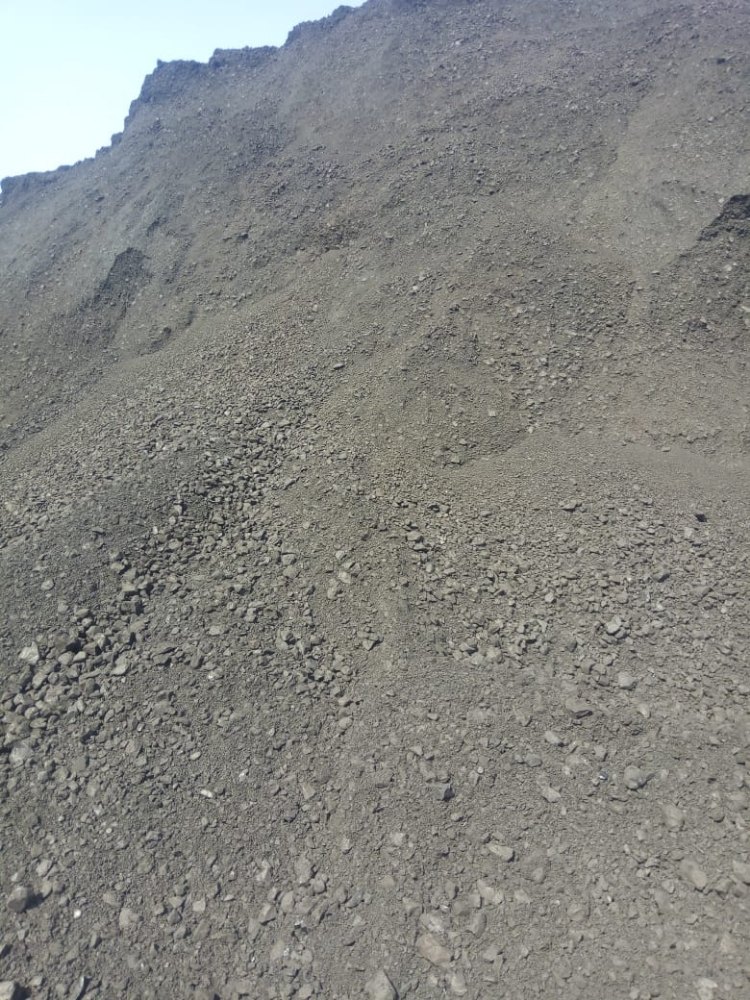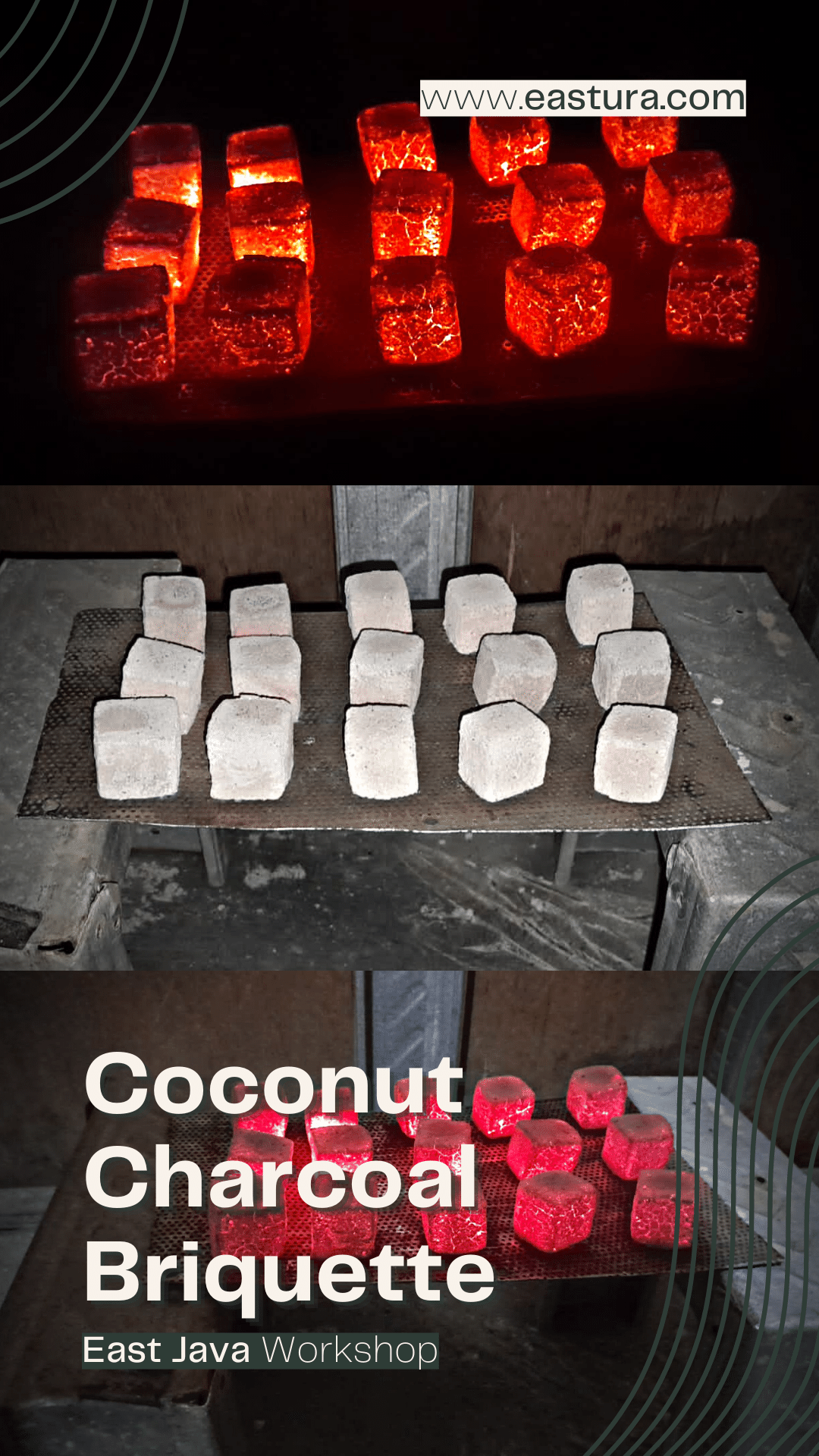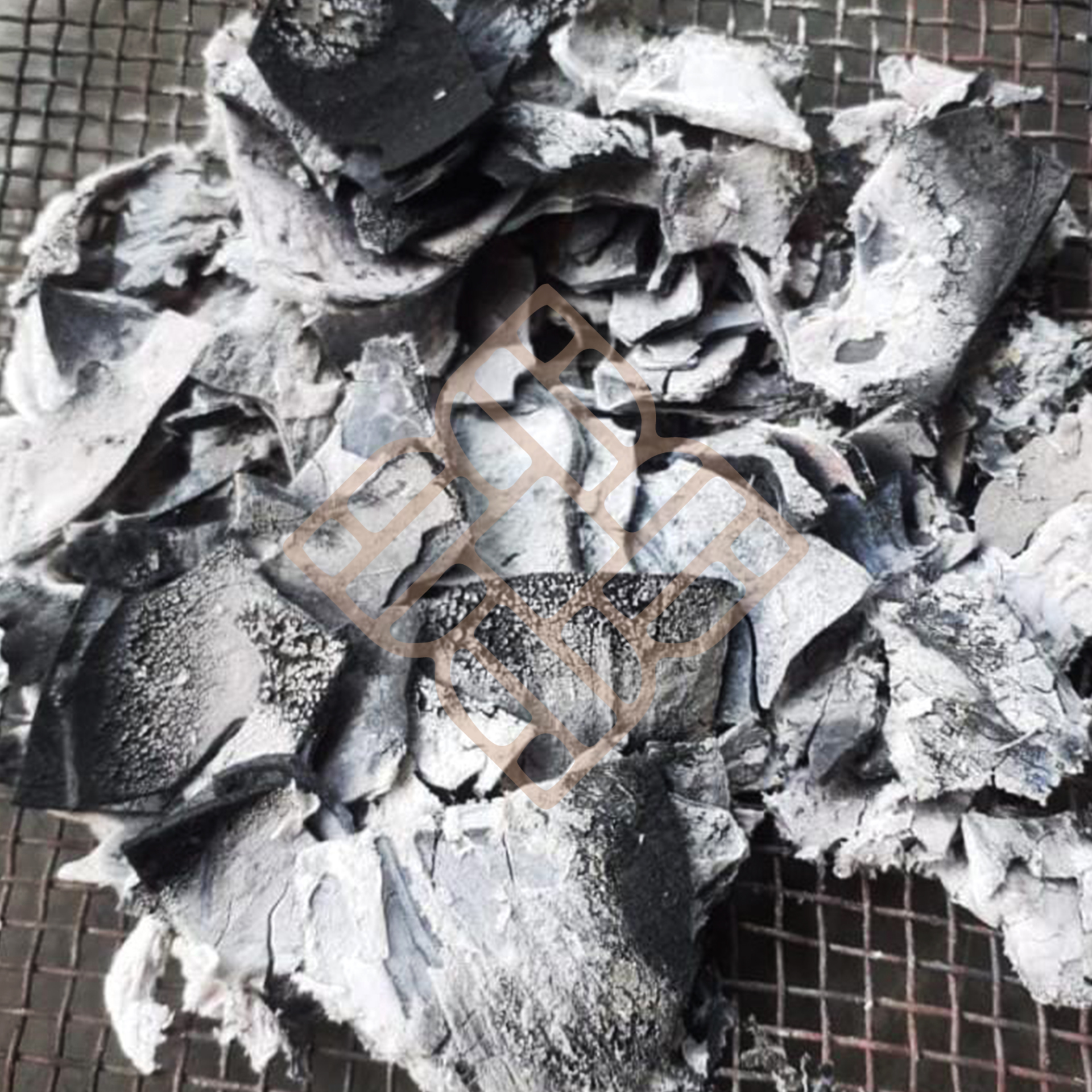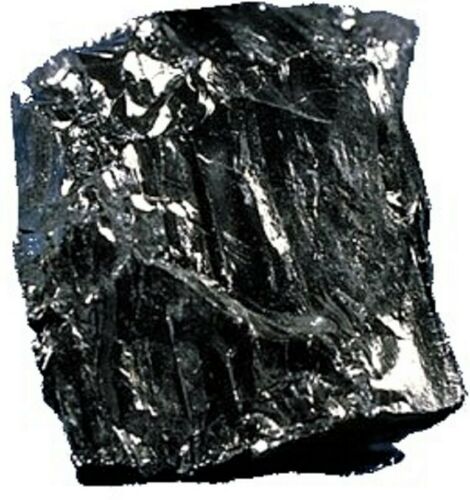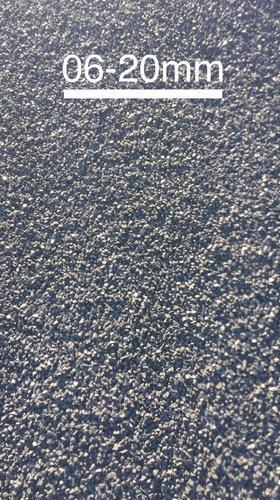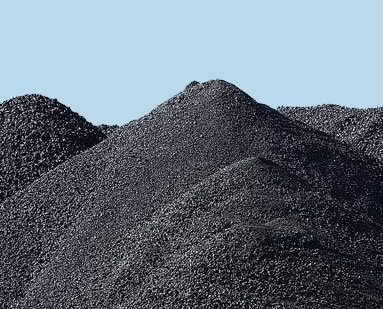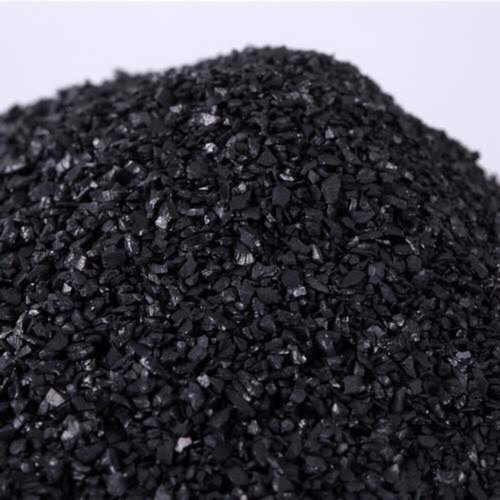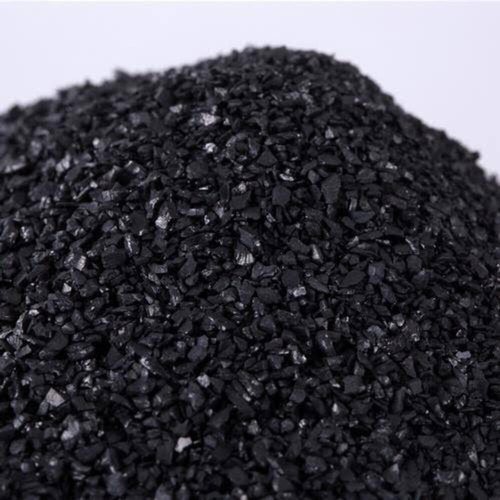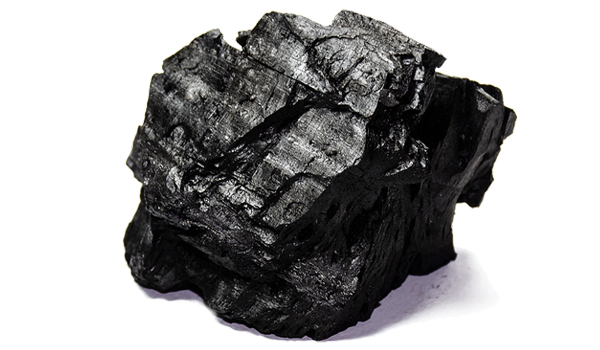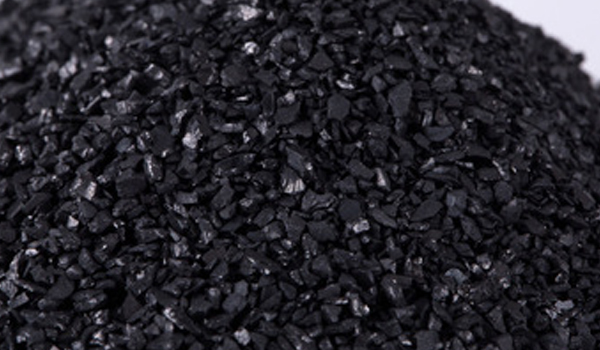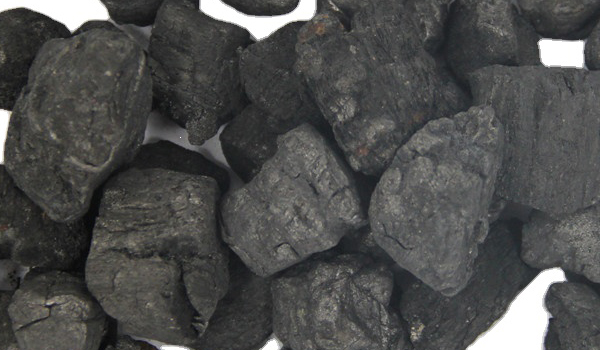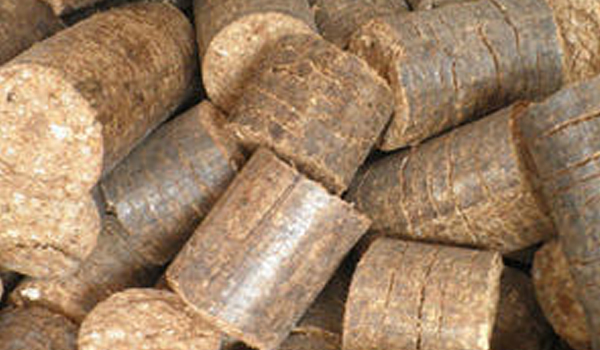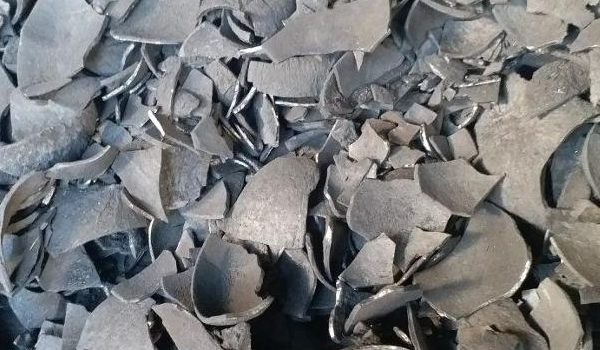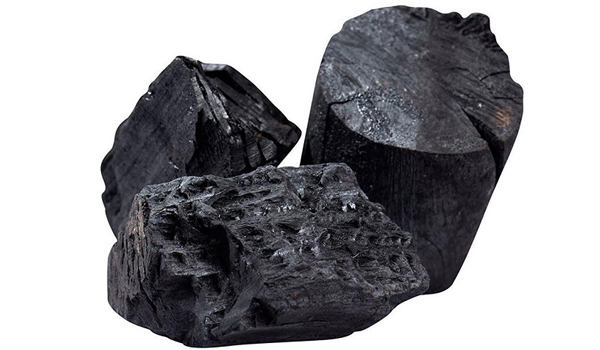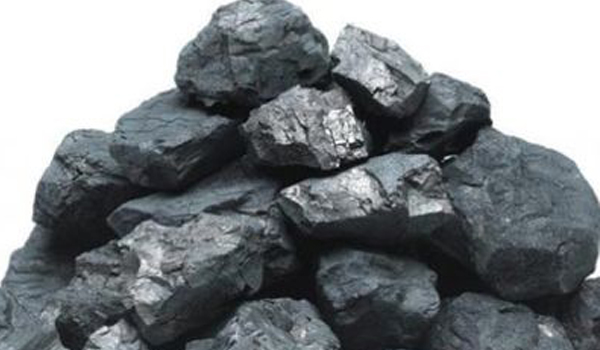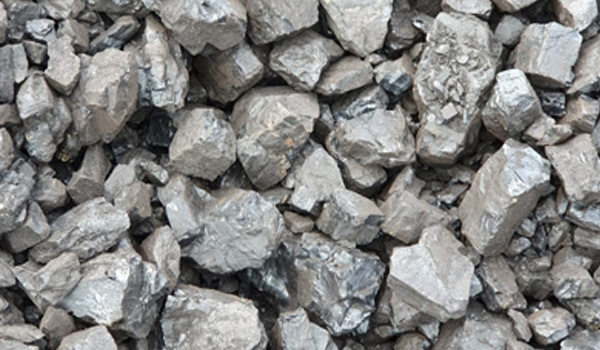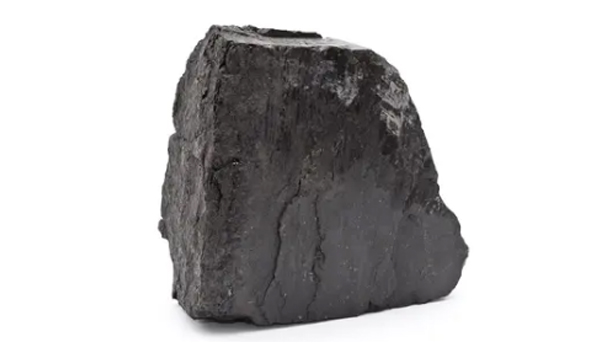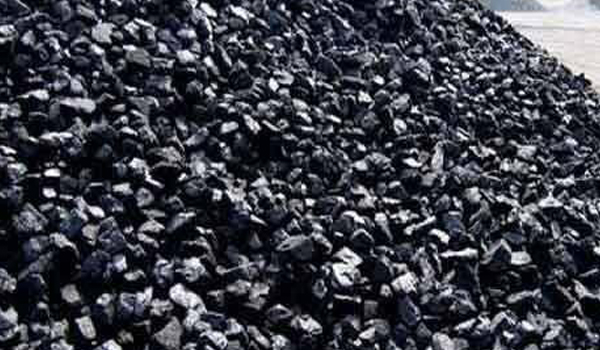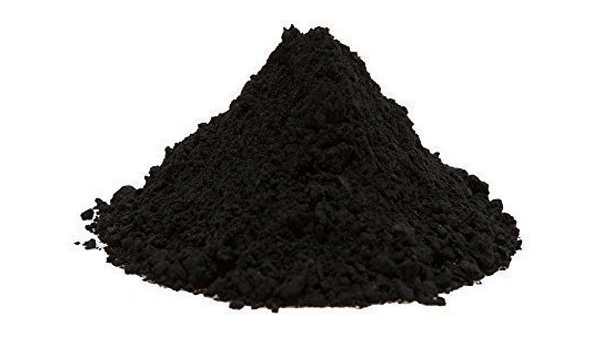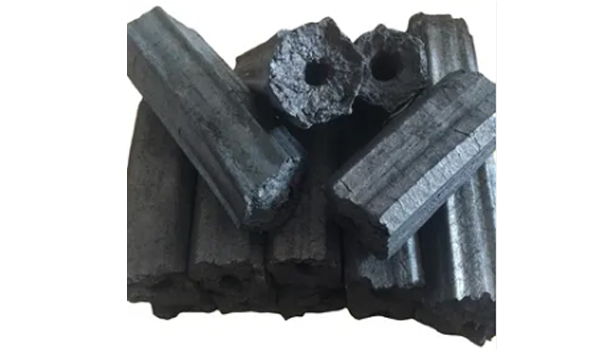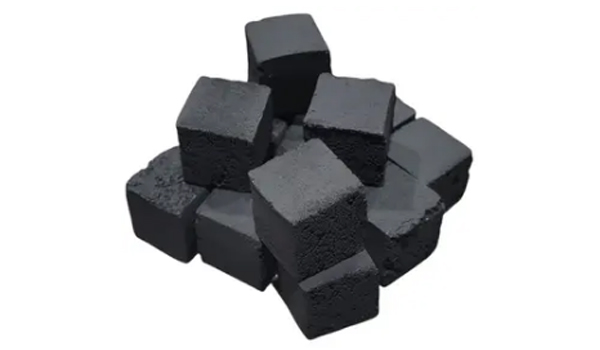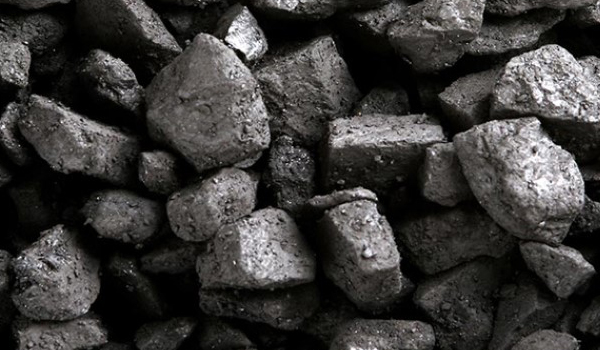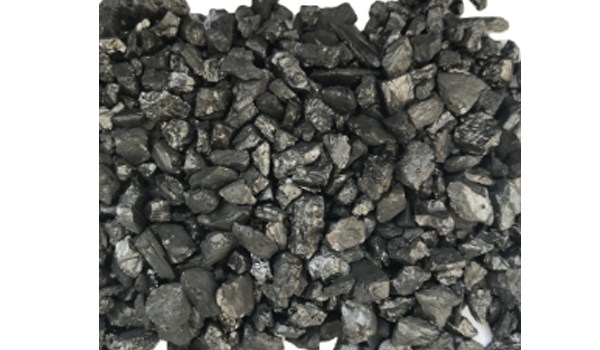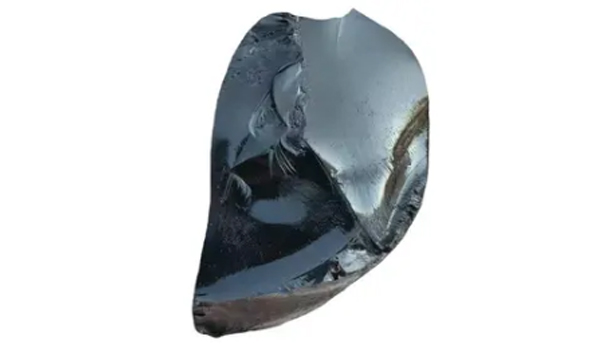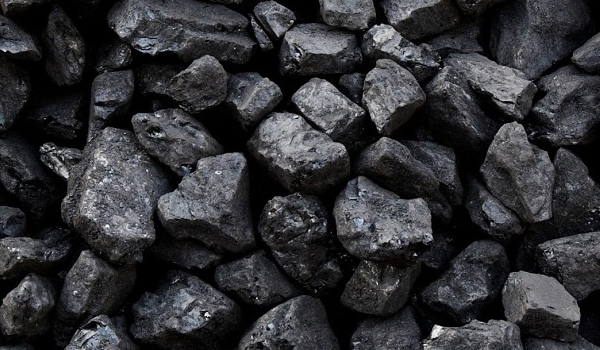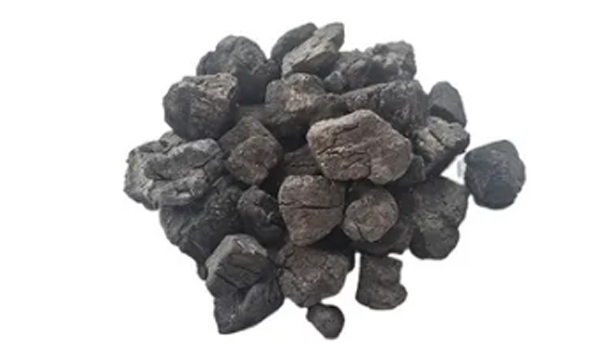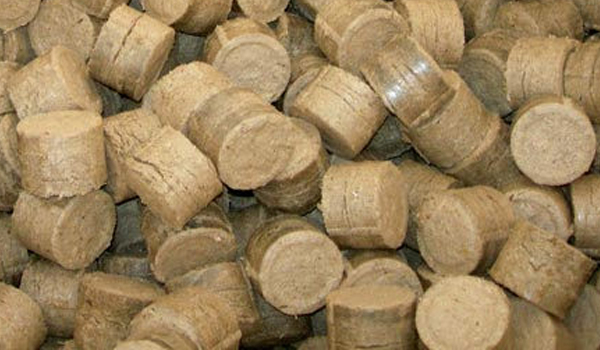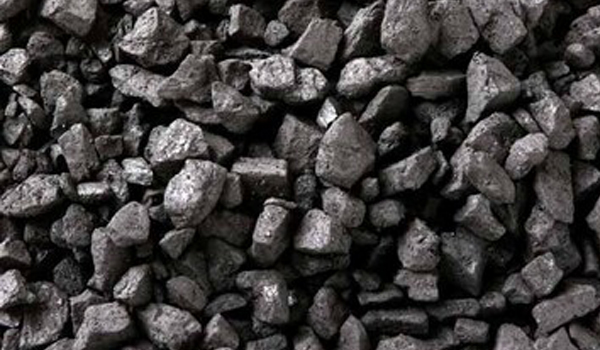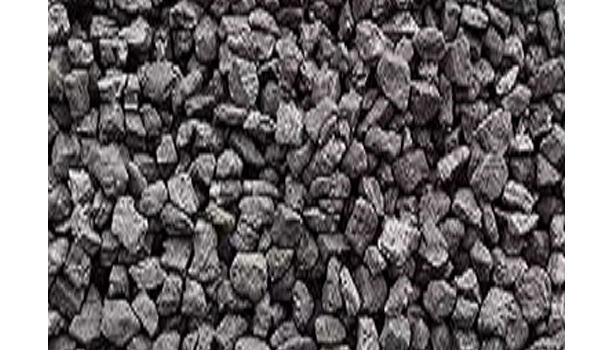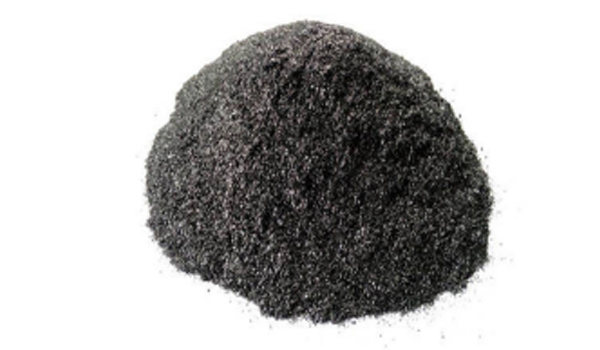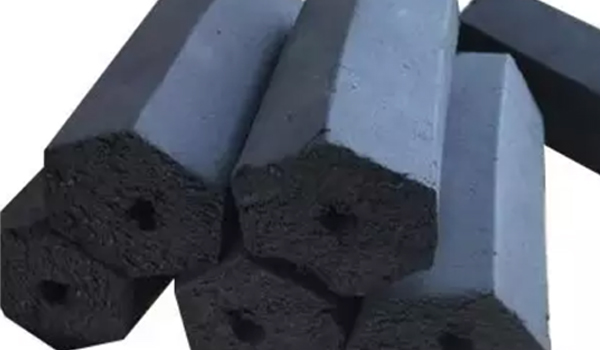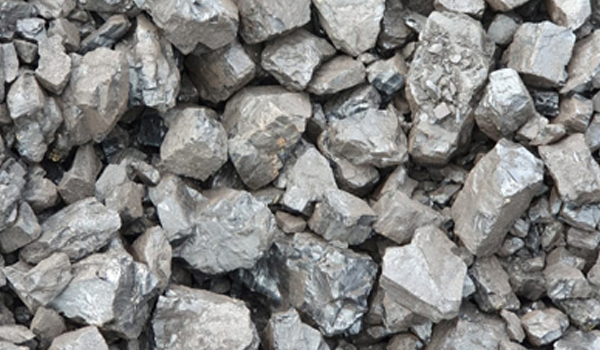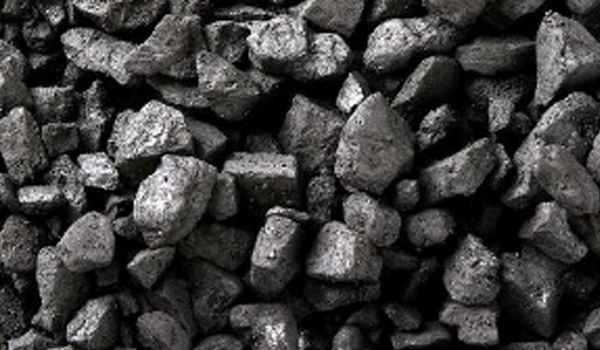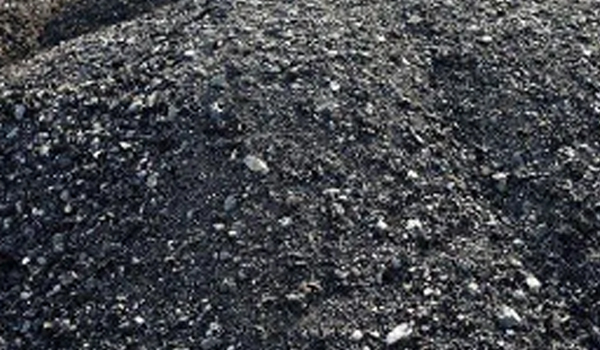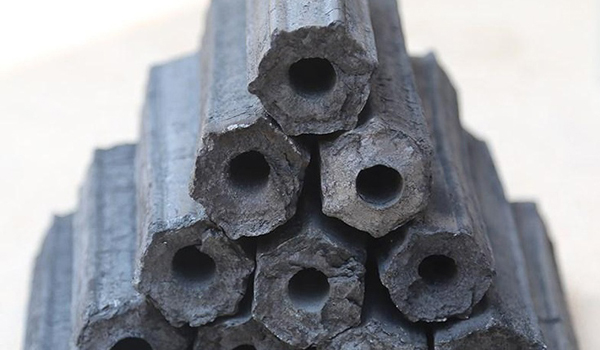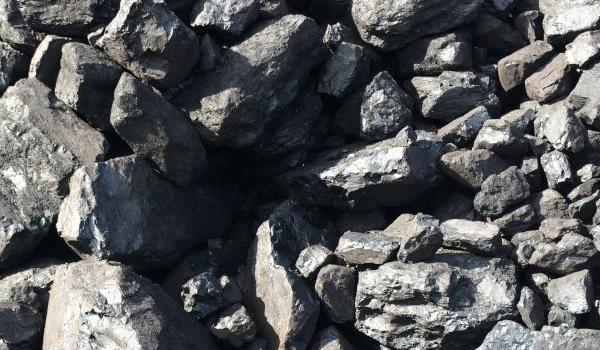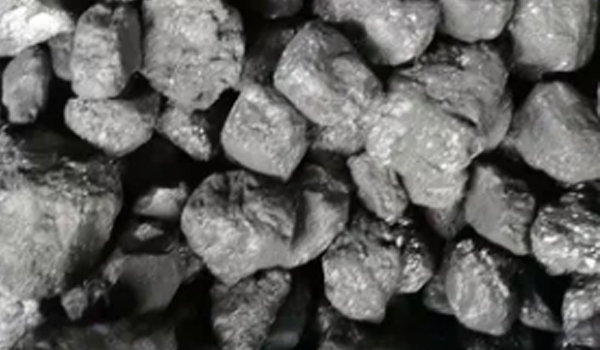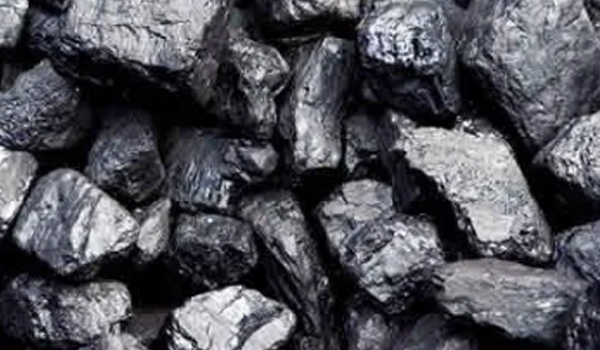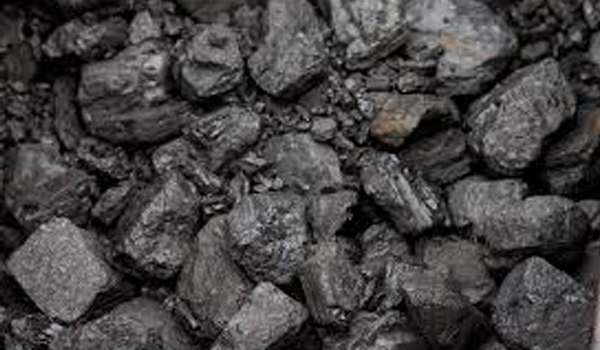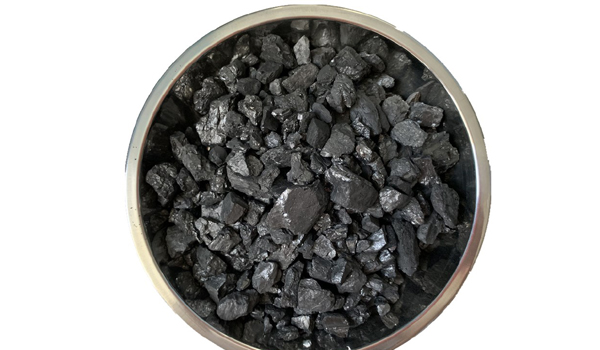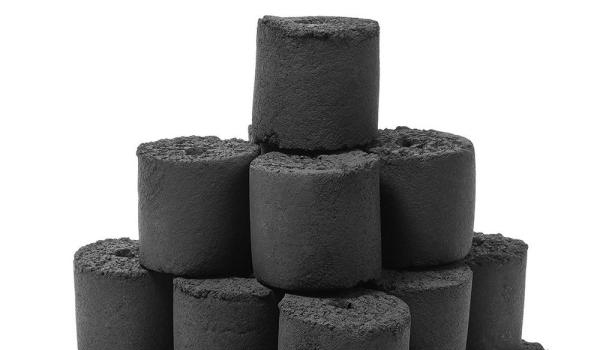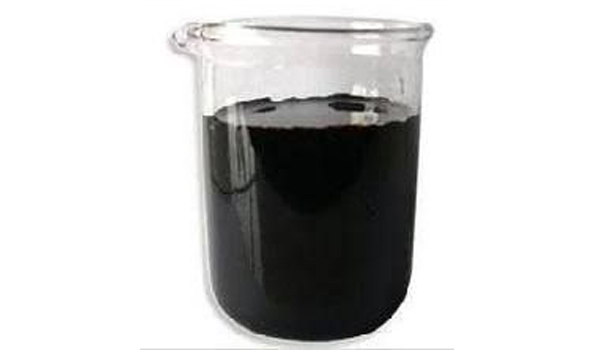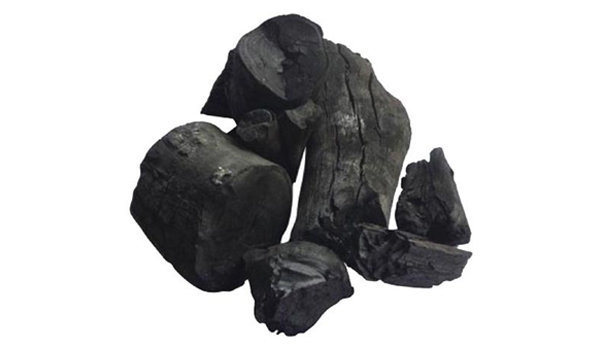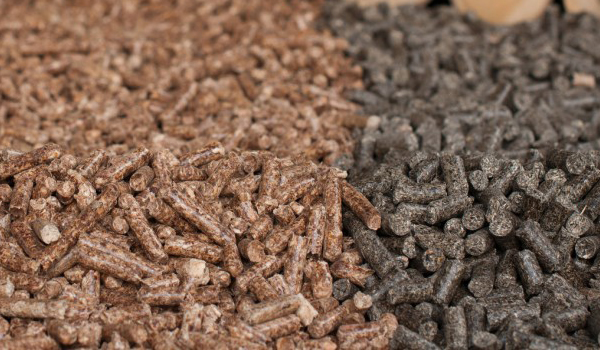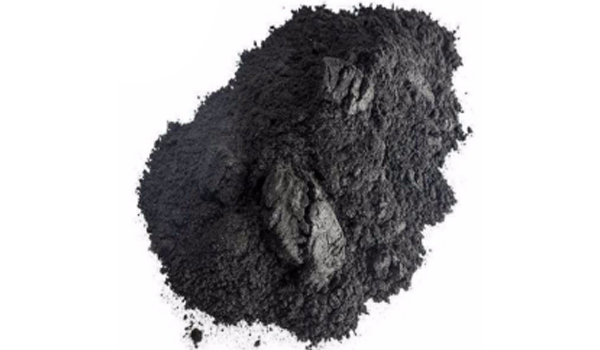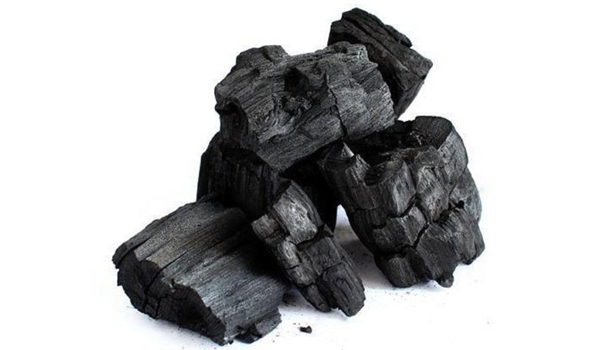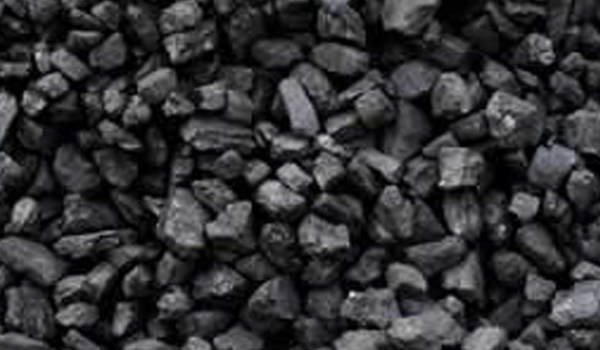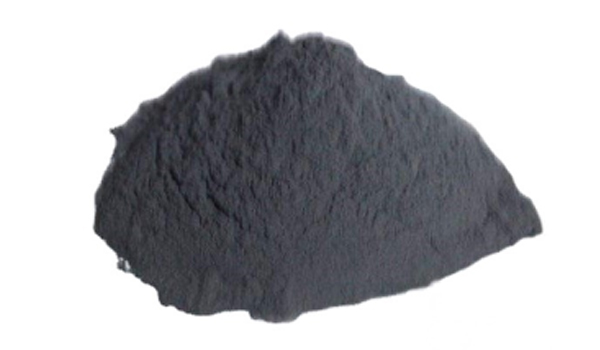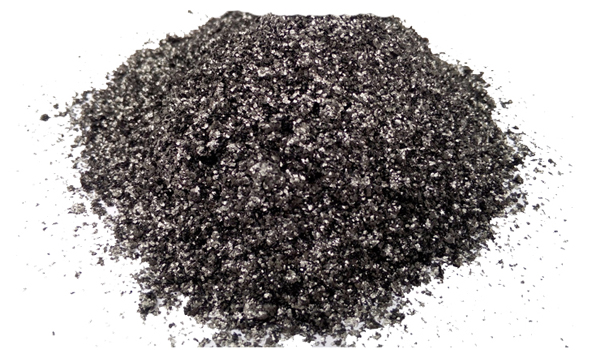Find best Coal Suppliers for all your bulk order needs
We connect buyers to top Coal Suppliers, helping both find the right match for their needs.
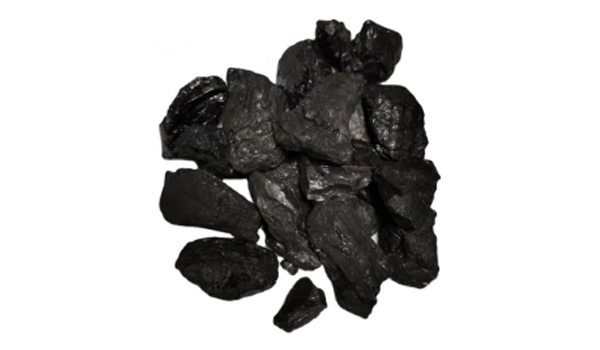
Browse Coal products at wholesale price from the best Coal suppliers
Looking for a supplier of Coal at wholesale prices? Look no further! Post your requirements and get best deals on Coal for your business from multiple Coal suppliers.
Steam Coal
Price : Rs 2500 / Ton
Opp. SBI Bank Opposite Mahavir Traders Station Road Thangadh , Ahmedabad, Gujarat, 363530, India
GUJARAT THANGADH COAL
Price : Rs 5000 / Ton
Opp. SBI Bank Opposite Mahavir Traders Station Road Thangadh , Ahmedabad, Gujarat, 363530, India
Best RB1 Rbct Coal From Best Bulk Coal
65 Honey Street , Berea, Gauteng , 2198, South Africa
Best Quality Steam Coal
6 Sluysken Street Monte Vista, Cape Town , South Africa , 7460, South Africa
RB1 - RB3 Coal
Price : $ 1234 / Metric Ton
6 Sluysken Street Monte Vista, Cape Town , South Africa , 7460, South Africa
Indonesian Coal
Price : Rs 20000 / Ton
Millennium Grains Imports & Exports
Stand No . 573, Juru growth point, juru, , Zimbabwe
Premium Quality Dried anthracite coal
Price : $ 400 / Ton
Lot 554 Than den Mt, Lien Khe commune, Thuy Nguyen Distr, Hai Phong city, Vietnam, Hai Phong, Vietnam, 18000, Vietnam
Indonesian Charcoal Briquette For Shisha & BBQ By EASTURA
Price : $ 1200 / Metric Ton
Jl. Pluit Indah 168B, North Jakarta City, Jakarta, North Jakarta City, Jakarta, 14450, Indonesia
Indonesian Coconut Shell Charcoal By EASTURA
Price : $ 565 / Ton
Jl. Pluit Indah 168B, North Jakarta City, Jakarta, North Jakarta City, Jakarta, 14450, Indonesia
Indonesian Steam Coal
Price : $ 82.58 / Metric Ton
East Kalimantan, East Kalimantan, Borneo, , Indonesia
Hard & Soft Coal
Price : $ 150 / Metric Ton
Global Kommodites Trade & Finance
7825 Miller Fall Road, Derwood, Maryland, 20855, United States
Best Quality Indonesian Coal
KHOKHARA HANUMAN ROAD,BELA, Morvi, Gujarat, 363641, India
Screened Coal
Price : Rs 4000 / Ton
Office No.13, 'MADHAV' , Golden Heights, Behind B M Petrol Pump, Near.B M Petrol Pump, Kandla,, Gandhinagar, Gujarat, 370201, India
Black Thermal Coal
Price : Rs 5000 / Ton
Office No.13, 'MADHAV' , Golden Heights, Behind B M Petrol Pump, Near.B M Petrol Pump, Kandla,, Gandhinagar, Gujarat, 370201, India
Coal
Explore Coal related category & post requirement to connect with Coal related suppliers for your bulk order needs and get the best deal on high-quality Coal related products at wholesale price.
Coal:
Coal is a combustible black or brownish-black sedimentary rock which is composed mostly of carbon and hydrocarbons. Some variable amounts of other elements, mainly hydrogen, sulfur, oxygen, and nitrogen are also present in coal. It contains energy that can be released through combustion or burning. Dead plant matter decays into peat and is converted into a type of fossil fuel called coal, over millions of years because of the heat and pressure of deep burial.
Coal is primarily used as a fuel. The consumption of coal has increased with the invention of the steam engine. Burn coal is processed by some iron and steel-making and other industrial. Premature death and illness can result from the extraction and use of coal. The environment gets damage by using coal and its carbon dioxide content contributing to climate change. Many countries have reduced or eliminated their use of coal power as part of worldwide energy transition.
Types of Coal and It's Uses:
Coal is formed by geological processes that apply pressure to dead biotic material over time, under suitable conditions. The transformation of existing rock then takes place to form a rock with a different mineral composition or texture.
Different types of coal are:
- Peat, which is a precursor of coal.
- Lignite, or brown coal, is the lowest rank of coal, and is most harmful to health when burned. It is generally used exclusively as fuel for electric power generation.
- Jet, is a compact form of lignite, which can be sometimes polished and used as an ornamental stone.
- Sub-bituminous coal, is used primarily as fuel for steam-electric power generation. The properties of Sub-bituminous coal range between those of lignite and those of bituminous coal.
- Bituminous coal, is a dense sedimentary rock, which is usually black. But sometimes it is dark brown, often with well-defined bands of bright and dull material. It is primarily used to make coke and as fuel in steam-electric power generation.
- Anthracite coal, is a harder, glossy black coal which is primarily used for residential and commercial space heating. It is the highest rank of coal.
- Graphite is a type of coal that is difficult to ignite and generally not used as fuel. It is mostly used in pencils, or powdered for lubrication.
- Cannel coal, also called candle coal is a variety of fine-grained, high-rank coal with significant hydrogen content. It primarily consists of liptinite.
Several international standards for coal are available in the market. Generally, the classification of coal is based on the content of volatile. However the most important distinction is between thermal coal, also known as steam coal and metallurgical coal, also known as coking coal. Thermal coal is burnt to generate electricity through steam whereas metallurgical coal is burnt at high temperature to make steel.
According to Hilt's law, the deeper the coal is found within a small area, the higher its rank (or grade). This law is applied if the thermal gradient is entirely vertical. However, lateral changes of rank can be caused by metamorphism, irrespective of depth.
Coking coal and use of coke to smelt iron:
- Coke is a solid carbonaceous residue derived from coking coal, also known as metallurgical coal.
- It is a low-ash, low-sulfur bituminous coal which is used in manufacturing steel and other iron products.
- Coking coal is baked in an oven without oxygen at temperature of 1,000 degree centigrade to produce coal. Coal is produced in this process by driving off the volatile constituents and fusing together the fixed carbon and residual ash.
- Metallurgical coke is used as a fuel and reducing agent in smelting iron ore in a blast furnace.
- Hematite which is an iron oxide is reduced to iron by t hematite (an iron oxide) to iron..
- Waste carbon dioxide is also produced together with pig iron, which must be treated further to make steel as pig iron is too rich in dissolved carbon.
- The ash, sulfur, and phosphorus content should be low in Coking coal, so that these do not migrate to the metal
- Coking coal is so important in making steel using the conventional route as the coke must be strong enough to resist the weight of overburden in the blast furnace.
- Coke from coal is hard, grey, and porous and has a heating value of 29.6 MJ/kg
- Byproducts, including coal tar, ammonia, light oils, and coal gas are produced in some coke making processes.
- Petroleum coke or petcoke is the solid residue that is obtained in oil refining
- Although, Petroleum coke resembles coke but is not suitable to be used in metallurgical applications as it contains too many impurities
Use in foundry components:
- Finely ground bituminous coal is a constituent of foundry sand.
- The coal burns slowly when the molten metal is in the mould, releasing reducing gases at pressure,
- The metal is prevented from penetrating the pores of the sand by this.
- Mould wash, which is a paste or liquid with the same function applied to the mould before casting also contain it
- Sea coal can be mixed with the clay lining which can be used for the bottom of a cupola furnace.
- The coal decomposes when heated and the bod becomes slightly friable, easing the process of breaking open holes for tapping the molten metal
Alternatives to coke:
- Scrap steel can be recycled in an electric arc furnace
- An alternative to make iron is direct reduced iron by smelting, where any carbonaceous fuel can be used to make sponge or pelletized iron
- Hydrogen can be used as the reducing agent and biomass or waste as the source of carbon to reduce the emission of carbon dioxide.
- Charcoal is generally used as an alternative to coke in a blast furnace, and the resultant iron is known as charcoal iron.
Coal Gasification:
Coal gasification is a part of an integrated gasification combined cycle (IGCC) coal-fired power station. Syngas, a mixture of carbon monoxide (CO) and hydrogen (H2) gas is produced to fire gas turbines to produce electricity by using Coal gasification. Syngas can be converted into transportation fuels, such as gasoline and diesel, by using the Fischer–Tropsch process. Syngas can also be converted into methanol, which can be blended into fuel directly or converted to gasoline through the methanol to gasoline process. Chemicals and motor vehicle fuels can be produced from coal by combining gasification with Fischer–Tropsch technology.
The coal is mixed with oxygen and steam during gasification and also being heated and pressurized. Oxygen and water molecules oxidize the coal into carbon monoxide (CO) during the reaction., Hydrogen gas (H2) is also released during the process. This process is used in underground coal mines, and also to make town gas, which was piped to customers to burn for heating, illumination, and cooking.
The syngas is routed into a Fischer–Tropsch reaction if the refiner wants to produce gasoline, which is known as indirect coal liquefaction. The syngas is fed into the water gas shift reaction if hydrogen is the desired end-product, where more hydrogen is liberated
Liquefaction:
- Coal can be converted directly into synthetic fuels by hydrogenation or carbonization.
- These are equivalent to gasoline or diesel.
- More carbon dioxide is emitted in coal liquefaction than liquid fuel production from crude oil
- Using CCS and mixing in biomass will emit slightly less than the oil process but the cost will be higher.
Production of chemicals:
- Chemicals can be produced from coal.
- A wide range of chemical fertilizers and other chemical products can be produced by using coal as a feedstock
- Coal gasification is used to produce syngas for the production of chemicals.
- Methanol, hydrogen and carbon monoxide, are primary chemicals that are produced directly from the syngas
- These are the chemical building blocks from which a whole spectrum of derivative chemicals, including acetic acid, olefins, formaldehyde, ammonia, urea and others are manufactured.
- The option of using coal to produce a wide range of commodities can be provided as syngas can be used as a precursor to primary chemicals and high-value derivative products
- However, the use of coal bed methane is more important
- Substantial quantities of water is required in coal to chemical processes.
Electricity generation:
Energy density:
- The energy density of coal is about 24 megajoules per kilogram which is approximately 6.7 kilowatt-hours per kg.
- It takes an estimated 325 kg (717 lb) of coal to power a 100 W lightbulb for one year for a coal power plant with a 40 percent efficiency..
Pre-combustion treatment:
- Moisture and certain pollutants can be reduced from lower-rank coals such as sub-bituminous and lignite (brown) coals by using coal-upgrading technology to produce refined coal.
- The characteristics of coal before it is burned can be altered by several pre-combustion treatments and processes
- Improved pre-drying can be used to achieve thermal efficiency improvements.
- The primary goal of pre-combustion coal technologies are to increase efficiency and reduce emissions when the coal is burned.
- Sometimes, it can be used as a supplement to post-combustion technologies to control emissions from coal-fueled boilers.
Power plant combustion:
- Thermal coal is the coal burnt as a solid fuel in coal power stations to generate electricity.
- Very high temperatures can be produced through combustion by using coal.
- Usually, coal is pulverized and then burned in a furnace with a boiler when coal is used for electricity generation.
- Boiler water is converted to steam by the furnace heat, which is then used to spin turbines which turn generators and create electricity.
- The thermodynamic efficiency of this process varies between about 25 to 50 percent depending on the pre-combustion treatment, turbine technology such as supercritical steam generator and the age of the plant
- Coal is burnt more efficiently with few integrated gasification combined cycle (IGCC) power plants
- The coal is gasified to create syngas instead of pulverizing the coal and burning it directly as fuel in the steam-generating boiler, which is burned in a gas turbine to produce electricity.
- Steam in a heat recovery steam generator is raised by using hot exhaust gases from the turbine, which powers a supplemental steam turbine.
- The overall plant efficiency can reach as much as 94 percent when used to provide combined heat and power
- Less local pollution is emitted in IGCC power plants than conventional pulverized coal-fueled plants;
- However the technology for carbon capture and storage (CCS) after gasification and before burning is too expensive to be used with coal
Coal is a fossil fuel that is made up of vegetation that has been compacted between other rock strata and transformed over millions of years by the combined impacts of pressure and heat to form coal seams. The four varieties of coal are lignite, sub-bituminous, bituminous, and anthracite, which are formed through the 'coalification' process. The energy we get from coal now, is the energy of the Sun absorbed by plants millions of years ago.
Did you know that coal accounts for over 40% of the world's electrical generation? To put it another way, the world relies on this fossil fuel for energy generation more than any other, including oil, natural gas, nuclear energy, the sun, water, and wind. There are currently a lot of coal deposits that will endure for another 300 years, but because coal is an exhaustible natural resource, there will be none left after that.
Here are some of the most important types of Indian coal:
Assam & Meghalaya Coal: This coal variety comes from coal fields in the interiors of north-eastern states, primarily Assam. This coal is available in a wide range of sizes and technical specifications from us, and at a market price that is competitive.
Wash Coal: We provide wash coal, which is fuel-efficient and falls into the highest category of clean-burning coals, and which has gained in popularity in recent years as a result of environmental concerns. Our dependability, genuineness, and on-time delivery are unrivalled, and we compete with India's top coal companies.
Chirimiri Coal is one of the most extensively used and favoured kind of coal in India. Because of its dependability, effectiveness, and exceptional quality, this northern area coal has a wide range of industrial buyers.
Wani & Chandrapur Coal: Maheshwari Fuel Chem is the only place to get the best grade and highest standard Wani/Changrapur/Nagpur coal. This type of coal is used in a variety of industries, including paper, textiles, fertiliser, dyeing, power generation, and many more.
